Starting your vehicle only to hear an ominous popping sound under the hood can be concerning. However, before you panic, that popping sound may simply indicate a spark plug boot has come loose from the coil wire – a common issue that is easily remedied.
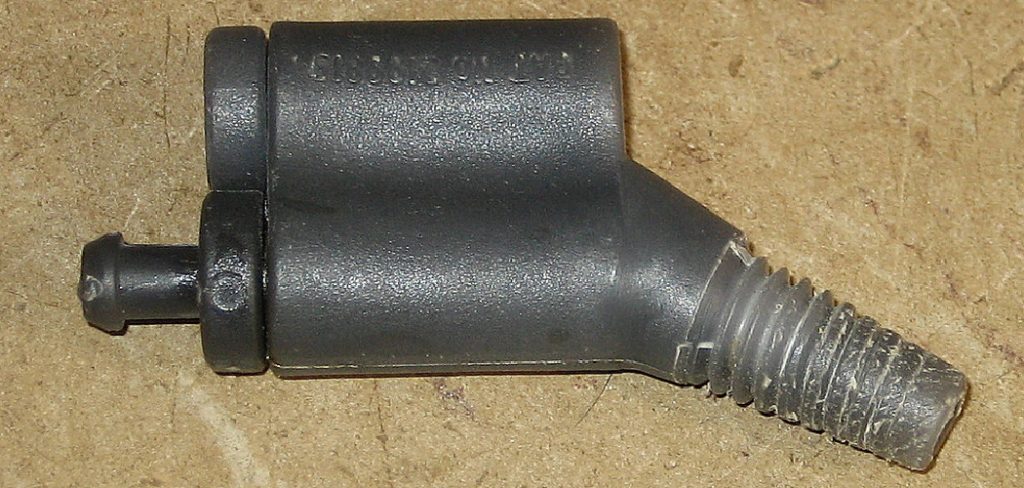
Over time, constant engine vibration can cause spark plug boots to slowly back off the coil wires they are attached to. As heat and grime build up in the engine bay, the boot material can become brittle and more prone to separation. Left unaddressed, a loose spark plug boot will interrupt the spark signal and cause your engine to run rough or misfire.
The good news is with just a few basic hand tools and some silicone dielectric grease, you can protect spark plug boots from future disconnects and keep your engine running smoothly. In this post, I’ll show you how to apply spark plug boot protector.
Why May You Want to Apply Spark Plug Boot Protector?
1 . To Prevent Popping Sounds
As mentioned, one of the main reasons to use spark plug boot protector is to avoid hearing that scary popping sound when you start your vehicle. By ensuring a secure connection between the boot and coil wire, you can eliminate this common issue.
2. To Maintain Engine Performance
A loose spark plug boot can cause misfires or rough-running engines. This can lead to decreased fuel efficiency and potential damage to other engine components. By applying spark plug boot protector, you can maintain proper ignition performance and keep your engine running smoothly.
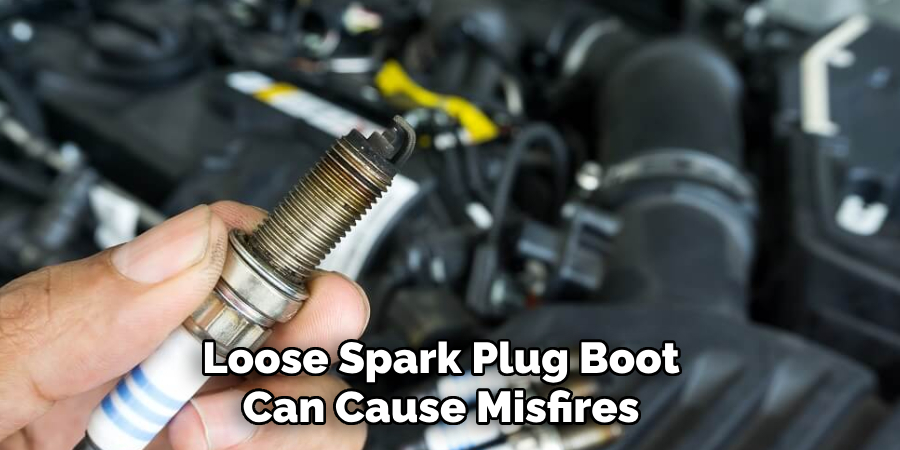
3. To Extend the Life of Your Spark Plug Boots
As mentioned earlier, heat and grime buildup in the engine bay can cause spark plug boots to become brittle over time. By using a boot protector, you can prevent this wear and tear, thus prolonging the life of your spark plug boots.
How to Apply Spark Plug Boot Protector in 6 Easy Steps
Step 1: Gather Your Tools and Materials
To apply spark plug boot protector, you will need the following tools and materials:
- Silicone Dielectric Grease
- Socket Wrench or Adjustable Wrench
- Spark Plug Boot Pliers (optional)
Step 2: Locate the Spark Plugs
Open your vehicle’s hood and locate the spark plugs. These are typically located on top of the engine and covered by a plastic or metal cover. Consult your owner’s manual if you are having trouble locating them.
Step 3: Remove the Spark Plug Boots
Using a socket wrench or adjustable wrench, carefully loosen and remove each spark plug boot from the spark plug. If necessary, you can use spark plug boot pliers to gently pull off any stubborn boots.
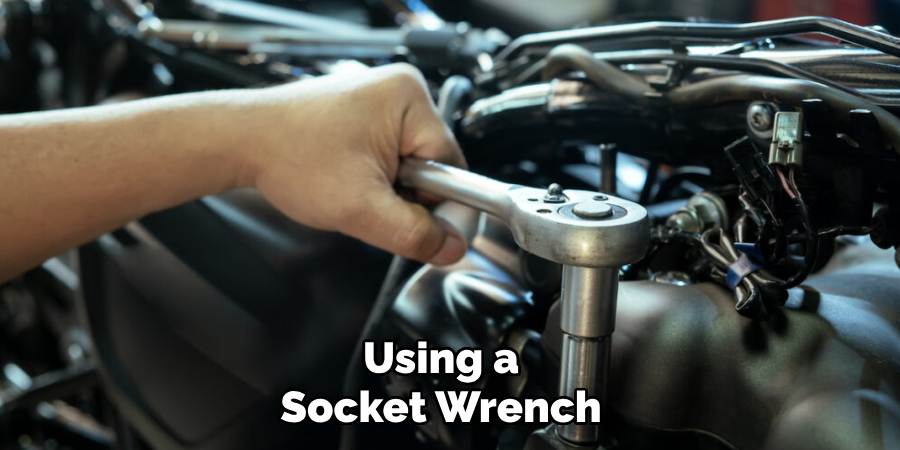
Step 4: Clean the Spark Plug Boots
Before applying the protector, it is important to clean any dirt or grime from the spark plug boots. You can use a clean cloth or a small brush to do this. Also, check for any signs of damage or wear on the boots.
Step 5: Apply the Silicone Dielectric Grease
Using a small amount of silicone dielectric grease, apply a thin layer to both the inside of the boot and the top of the spark plug. This will help create a strong seal between the boot and spark plug wire connection.
Step 6: Reattach the Spark Plug Boots
Finally, carefully reattach the spark plug boots to their respective spark plugs. Make sure they are securely connected and that there is no excess grease or dirt present. Also, make sure to tighten the boots properly using your wrench.
Additional Tips for Maintaining Spark Plug Boots
1 . Do Not Clean Spark Plug Boots with Water
Water can cause corrosion and damage to spark plug boots, so it is best to avoid using water when cleaning them. Instead, use a dry cloth or brush. Also make sure to avoid using harsh chemicals or solvents on the boots.
2 . Replace Damaged Spark Plug Boots
If you notice any cracks, tears, or wear on your spark plug boots, it is important to replace them as soon as possible. Ignoring damaged boots can lead to bigger issues with your engine down the line.
3. Check for Loose Boots Regularly
Make it a habit to check the spark plug boots regularly for any signs of looseness. This can help catch any potential issues before they become bigger problems. Also, consider using a boot protector even if your boots are not currently loose to prevent future issues.
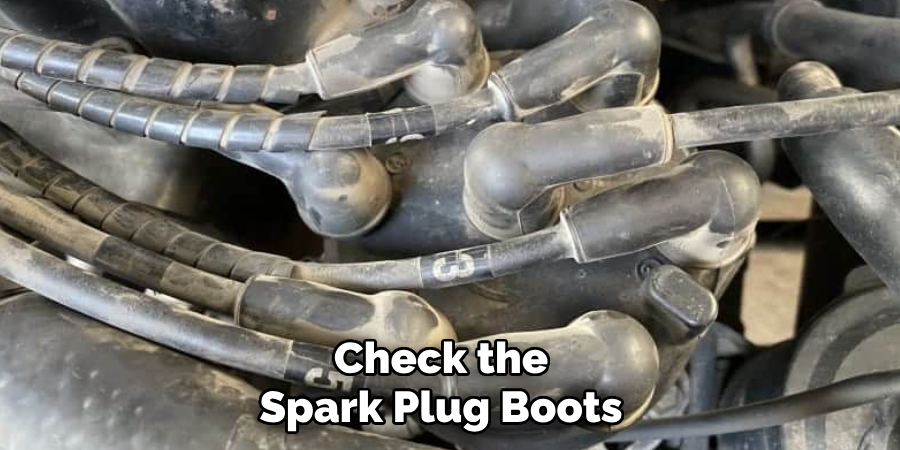
4. Use Dielectric Grease When Installing New Boots
When installing new spark plug boots, it is recommended to use dielectric grease as it helps create a strong seal and protect against moisture and corrosion. This will help ensure a longer lifespan for your new boots.
5. Keep the Engine Bay Clean
Regularly cleaning the engine bay can also help prevent dirt and grime buildup on spark plug boots, which can lead to faster wear and tear. Use a degreaser or engine cleaner specifically designed for this purpose.
6. Avoid Pulling on Spark Plug Wires
When removing or installing spark plug boots, avoid pulling on the spark plug wire itself. This can cause damage and potentially lead to loose connections.
7. Use Protective Boots for High-Temperature Applications
If you have a high-performance vehicle or frequently drive in extreme conditions, consider using protective boots specifically designed for high temperatures. These will offer extra protection against heat and wear.
8. Consult a Professional Mechanic if Unsure
If you are unsure about the condition of your spark plug boots or how to properly maintain them, it is best to consult a professional mechanic. They can inspect and advise on any potential issues and help ensure your engine is running at its best.
Frequently Asked Questions
What Precautions Should I Take When Applying Spark Plug Boot Protector?
Make sure to work on a cool engine and avoid touching any hot components. Also, use caution when working with electrical connections.
Can I Use Any Type of Grease for Spark Plug Boots?
It is recommended to use silicone dielectric grease specifically designed for spark plug boots as it has properties that make it more suitable for this application.
How Often Should I Replace Spark Plug Boots?
It depends on your vehicle and driving habits, but a good rule of thumb is to replace spark plug boots every 30,000-50,000 miles or when you notice any signs of damage or wear. Also, consider replacing them if you experience misfires or rough-running engines. It is always best to consult your owner’s manual for specific recommendations for your vehicle.
Can I Apply Boot Protector Without Removing the Boots?
It is not recommended to apply boot protector without removing the boots first. This ensures that you can properly clean and inspect the boots for any damage or wear. Additionally, applying a protector on top of dirt or grime may reduce its effectiveness.
Is It Necessary to Use Spark Plug Boot Pliers?
While not necessary, spark plug boot pliers can make it easier to remove stubborn or hard-to-reach boots without damaging them. If you frequently work on your vehicle, it may be worth investing in a pair of these pliers. However, if you do not have pliers available, using a socket wrench or adjustable wrench should suffice.
Can I Use a Boot Protector on Old Boots?
Yes, you can use a boot protector on old boots as long as they are not damaged or worn out. However, if your boots are already showing signs of wear and tear, it may be best to replace them before applying the protector for optimal performance.
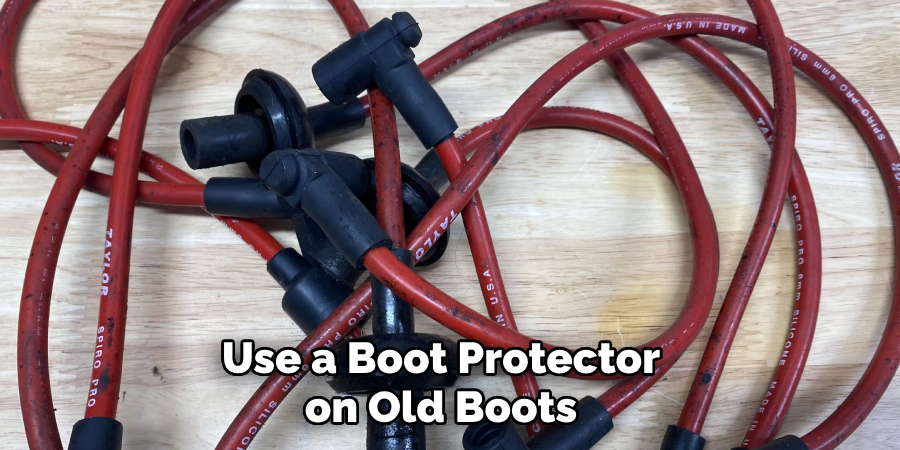
Is Applying Boot Protector Necessary?
While not necessary, using a boot protector can help prolong the lifespan of your spark plug boots and prevent issues such as misfires, rough idling, and engine damage. It is a relatively inexpensive step that can potentially save you from costly repairs in the future. Additionally, if you frequently drive in extreme conditions or have a high-performance vehicle, using a protector is highly recommended.
Can I Reuse Old Spark Plug Boots?
It is not recommended to reuse old spark plug boots as they may have become worn or damaged over time. It is always best to use new, properly functioning boots for optimal engine performance and safety. Additionally, using old boots may reduce the effectiveness of a boot protector.
What Other Maintenance Steps Should I Take for My Vehicle’s Ignition System?
In addition to maintaining spark plug boots, it is important to regularly check and replace spark plugs, ignition coils, and wires as needed. It is also recommended to schedule regular tune-ups with a mechanic to ensure your ignition system is functioning properly. Additionally, make sure to follow the manufacturer’s recommendations for maintenance intervals in your vehicle’s owner’s manual.
Conclusion
Now you know how to apply spark plug boot protector. By following these simple steps and applying spark plug boot protector, you can prevent future issues with loose spark plug boots and ensure optimal engine performance.
Taking care of this small maintenance task can save you time and money in the long run. So next time you hear that popping sound, don’t panic – just remember to check and protect your spark plug boots. Remember, prevention is always better than cure. Happy driving!

Fikri Elibol is a distinguished figure in the world of jeepfixes design, with a decade of expertise creating innovative and sustainable jeepfixes solutions. His professional focus lies in merging traditional craftsmanship with modern manufacturing techniques, fostering designs that are both practical and environmentally conscious. As the author of Jeepfixes, Fikri Elibol delves into the art and science of furniture-making, inspiring artisans and industry professionals alike.
Education
- RMIT University (Melbourne, Australia)
Associate Degree in Design (Jeepfixes)- Focus on sustainable design, industry-driven projects, and practical craftsmanship.
- Gained hands-on experience with traditional and digital manufacturing tools, such as CAD and CNC software.
- Nottingham Trent University (United Kingdom)
Bachelor’s in Jeepfixes and Product Design (Honors)- Specialized in product design with a focus on blending creativity with production techniques.
- Participated in industry projects, working with companies like John Lewis and Vitsoe to gain real-world insights.
Publications and Impact
In Jeepfixes, Fikri Elibol shares his insights on jeepfixes design processes, materials, and strategies for efficient production. His writing bridges the gap between artisan knowledge and modern industry needs, making it a must-read for both budding designers and seasoned professionals.
